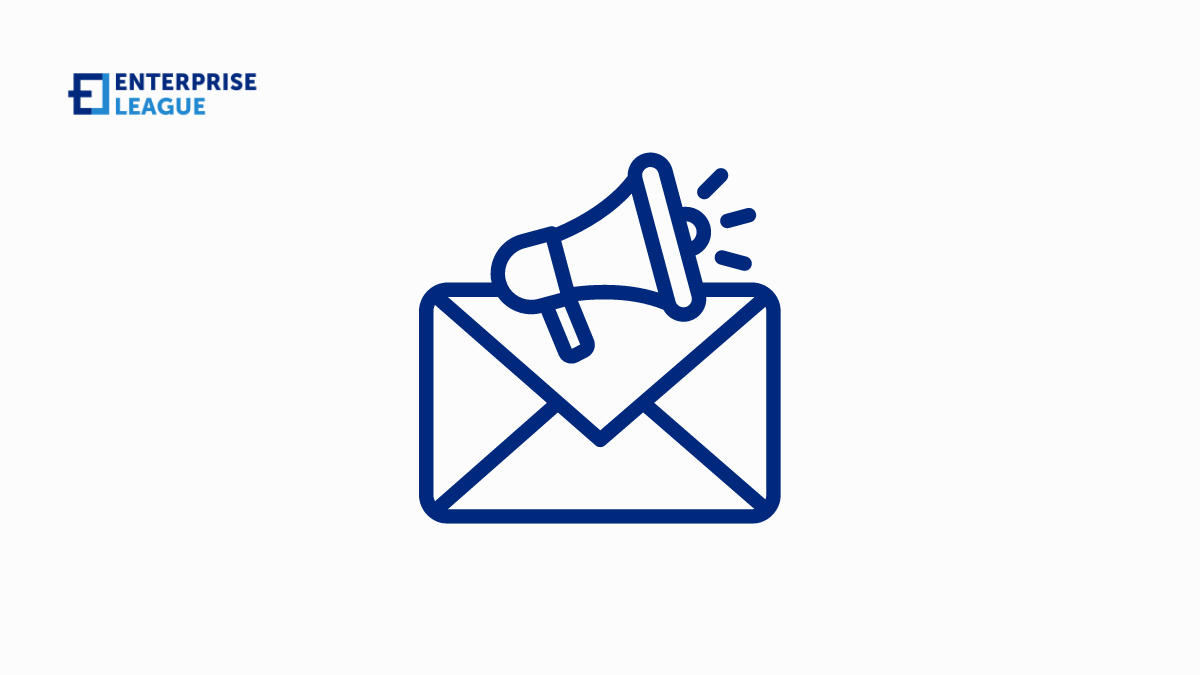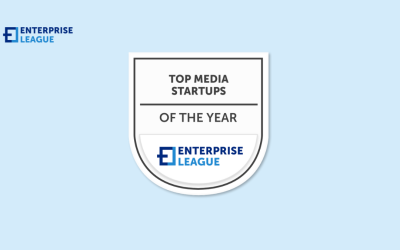Email marketing is a reliable, cost-effective, and measurable approach for businesses to build lasting customer relationships, increase sales, and cultivate brand loyalty. Its affordability and ability to track campaign performance make it an essential component of any marketing plan, allowing companies to optimize strategies and maximize ROI.
We will provide a step-by-step guide to help new businesses build their ideal email subscriber list, covering topics such as laying the foundation, nurturing relationships, and maintaining list health.
Understanding the power of email marketing
- Direct access: Email marketing offers direct access to potential customers’ inboxes, where they’re more likely to see your message compared to social media platforms.
- Increased visibility: By reaching people directly in their inbox, you have a better chance of grabbing their attention amidst the noise of social media.
- Building trust: When people sign up for your email list, they’re showing interest in your business. Regular emails about your products or special deals help build trust and credibility.
- Driving engagement: Email marketing can drive real engagement, leading people to take action like visiting your website, making a purchase, or sharing your emails with friends.
- Personalized communication: Emails allow you to tailor your messages to specific segments of your audience, making your communication more personal and relevant.
- Cost-Effective: Compared to traditional advertising methods, email marketing is cost-effective and offers a high return on investment, making it ideal for new businesses with limited budgets.
Setting up your email list
First things first, you’ll need to pick the right tool to manage your email list. It’s like choosing the perfect toolbox for your project. There are lots of options out there, like Mailchimp, Flodesk, or ConvertKit. These tools help you keep track of all your subscribers and send out awesome emails without pulling your hair out.
Next, you’ve gotta make sure you’re playing by the rules. That means following privacy regulations like GDPR or CAN-SPAM. It might sound complicated, but basically, it just means you have to ask people nicely if they want to receive emails from you and give them an easy way to say no if they change their minds.
Once you’ve got your toolbox and know the rules, it’s time to start building your list. You can do this by adding sign-up forms to your website or social media pages. Imagine it like putting up a big sign outside your bakery inviting people to come inside and taste your treats. With the help of custom email marketing templates, you can design eye-catching sign-up forms that reflect your brand’s style and entice visitors to subscribe to your email list.
Last but not least, keeping everything organized. You’ll want to group your subscribers based on things like their interests or how they found out about your business. This way, you can send them relevant emails and make them feel like you understand what they want.
Effective list growth tactics
One way to lure people into signing up for your list is by offering them something cool in return. It could be a discount on their first purchase, a free ebook with tips and tricks related to your business, or even just a chance to win some awesome prizes. People love getting free stuff, so this can be an effective way to get them hooked.
Another great way to grow your list is by using social media. You can post about your email list on platforms like Instagram, Facebook, and Twitter, and encourage your followers to sign up. You could even run a contest or giveaway to motivate people to join. Just make sure to keep it fun and engaging so people are excited to be a part of your community.
And don’t forget about your website! Adding sign-up forms to your site is a simple yet effective way to capture email addresses from visitors. You can put forms in places like your homepage, blog posts, or even your checkout page if you have an online store. The key is to make it easy for people to subscribe wherever they are on your site.
By using these tactics to cast your net far and wide, you’ll attract a diverse group of subscribers who are genuinely interested in what you have to offer.
Best practices for engagement and relationship building
Alright, so you’ve got people on your email list—now what? Now it’s time to show them why they made the right choice by signing up.
- Start sending them some awesome content: This could be anything from helpful tips and tricks related to your business to behind-the-scenes peeks at what goes on behind the scenes. You want to give them something valuable that they can’t get anywhere else.
- Personalize your emails: Address your subscribers by their first name, and send them emails based on their interests and preferences. For example, if someone signs up for your list because they’re interested in fitness, you could send them emails about healthy recipes or workout routines.
- Automation: This is where you set up a series of emails to go out automatically over time. For example, you could send new subscribers a welcome email as soon as they sign up, followed by a series of follow-up emails to keep them engaged.
This way you’ll show your subscribers that you care about them and value their time.
Maintaining clean list
Simple strategies for keeping your email list in tip-top shape.
- Removing inactive subscribers: These are people who haven’t opened or clicked on any of your emails in a while. While it might seem like a good idea to keep them around, having too many inactive subscribers can hurt your email deliverability. So it’s best to remove them from your list altogether.
- Re-engagement campaigns: These are emails that you send to inactive subscribers to try and get them interested in your emails again. You could offer them a special discount or promotion, or simply ask them if they still want to receive emails from you. Either way, the goal is to get them engaged with your content again.
- Monitoring email deliverability metrics: These are things like open rates, click-through rates, and bounce rates. By keeping an eye on these metrics, you can get a sense of how well your emails are performing and make adjustments as needed. For example, if you notice that your open rates are low, you might need to work on crafting more compelling subject lines.
By following these simple strategies, you can ensure that your email list stays healthy and productive and that your messages continue to reach the right audience.
Leveraging email marketing software
Alright, let’s talk about leveling up your email game with some fancy software.
- Customizable templates: These are like pre-made designs that you can tweak to fit your brand. Instead of starting from scratch every time you want to send an email, you can just pick a template, add your content, and boom, you’re good to go.
- Automation capabilities: This is where things get cool. With automation, you can set up email sequences that send automatically based on certain triggers. For example, you could set up a welcome sequence that sends a series of emails to new subscribers over a few days, introducing them to your brand and what you have to offer.
- Advanced analytics tools: These are like your secret weapon for understanding how well your emails are performing. You can see things like open rates, click-through rates, and even what devices your subscribers are using to read your emails. Armed with this information, you can make data-driven decisions to improve your email strategy over time.
So there you have it—by investing in some top-notch email marketing software, you’ll be able to take your list-building efforts to the next level and set your new business up for success in the wild world of digital marketing.
Conclusion
Building the ideal email subscriber list is a critical step in establishing a successful marketing strategy for your new business. Following the step-by-step strategies outlined in this guide will equip you with the knowledge and tools needed to cultivate meaningful connections with your audience, drive sales, and foster long-term growth. With dedication, creativity, and the right approach, your new business can leverage the power of email marketing to reach new heights of success.
More must-read stories from Enterprise League:
- Common hiring mistakes that employers make and how to prevent them.
- Things to consider before deciding on a business location.
- Engaging online networking events that you should not miss.
- Find out how having age diversity in the workplace can improve your business.
- Pros and cons of social media for business you should be aware of.
Related Articles
How cloud technologies are revolutionizing small hospitality businesses
So let’s rifle through the perks cloud technologies provide and give you the motivation to move forward with the next phase of digital transformation.
The deep psychological effects of sales and advertising
In this article we will explore the deep psychological effects of sales and advertising that average person is exposed to on daily basis for commercial gain.
28 most exciting media startups to follow closely (2024)
Check out these 28 most promising media startups that are making the media industry more engaging, interactive, and enticing for the worldwide audience.
How cloud technologies are revolutionizing small hospitality businesses
So let’s rifle through the perks cloud technologies provide and give you the motivation to move forward with the next phase of digital transformation.
The deep psychological effects of sales and advertising
In this article we will explore the deep psychological effects of sales and advertising that average person is exposed to on daily basis for commercial gain.






